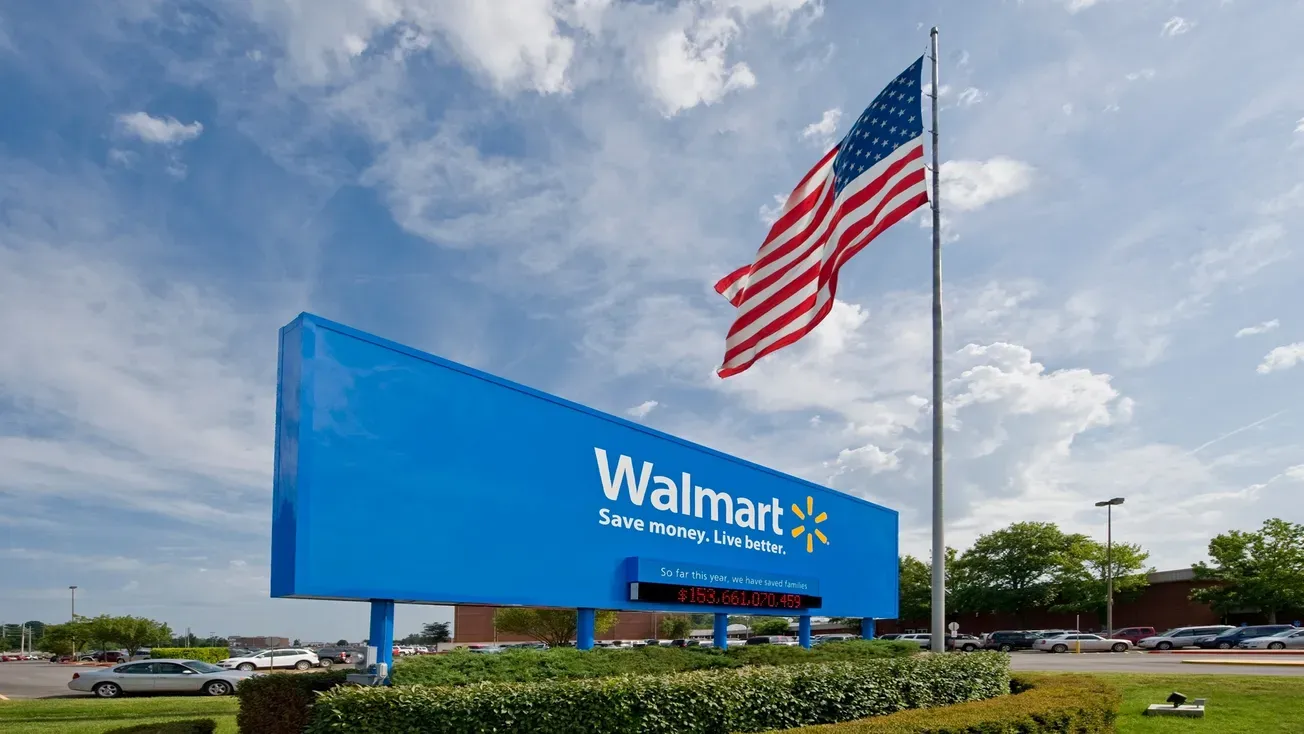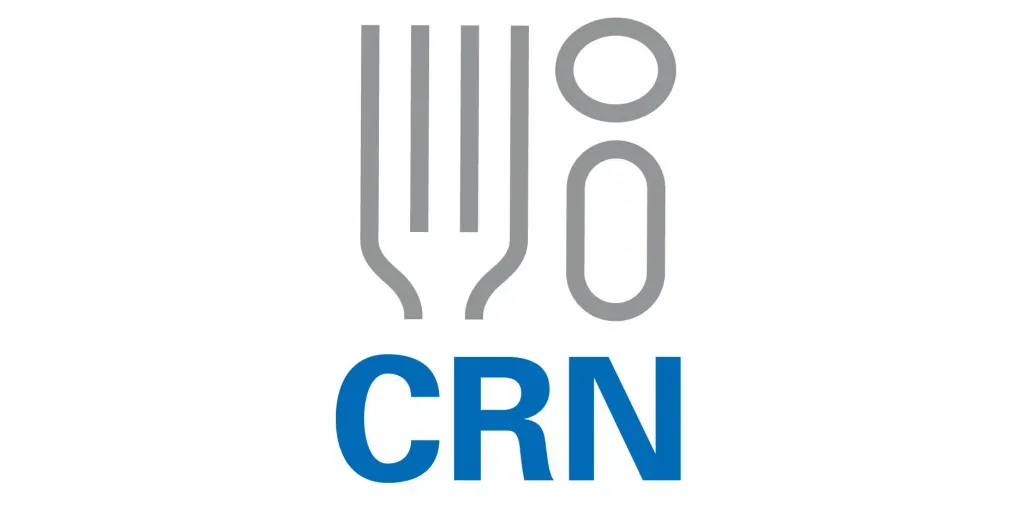Large chains — Walgreens, CVS/Pharmacy, Rite Aid and Walmart among them — receive a great deal of attention. Similarly, regional chains including Wegmans, H-E-B, Publix and Schnucks are examples of a force in their respective markets. In smaller geographical and local markets, small drug chains, competing with the aforementioned “big boys,” continue to thrive.
Robert Coopman
There is something to be said for being close to the customer, a strategy used by well-managed smaller chains. They have an ability to connect with local communities that large chains have some difficulty matching.
As large chains grow and move pharmacists and pharmacy managers from one store to another, smaller chains have an advantage. They tend to employ pharmacists who have grown up in the communities they serve. In local churches, schools and public gathering places these locally grown pharmacists interact with the public they serve in powerful ways. There exists a longevity of employment in a community thus enhancing the local connection.
Some small chains use professional offerings difficult for large chains to match. Specializing in pain management, compounding services and workers’ compensation are among such special offerings.
Compounding services can be especially attractive in local communities. To learn how to offer special compounding service, small chains sometimes use Professional Compounding Centers of America, located in Houston, as the foundation of their consumer offering.
PCCA offers an impressive package of training, equipment, base chemicals and formulae to specialize in this professional service. Included are compounding techniques, specialized dosage forms, and cosmeceutical bases along with marketing instruction. A laminar flow hood for sterilized compounding is part of the package. PK Software, a unit of PCCA, provides software support, including billing compliance as well as quality assurance.
This writer is familiar with a compounding unit of a small chain that compounds some 400 prescriptions per day. Average price of each prescription is above $80.00, and most of the business is cash. By any financial measure, this is an exceptionally successful business.
Pain management, another tactic small chains can offer presents to the public an opportunity that many chains and chain pharmacies actively avoid. It is frequently an intense operational offering to assure prescriptions presented are professionally legitimate. Many chain pharmacies prefer to avoid the often intense validation necessary to assure legitimacy.
Similarly, prescriptions presented that are covered by workers’ compensation plans require frequent validation that can be time consuming. For many chain pharmacies such activity does not fit a high-volume prescription service common in that type of outlet.
It must be mentioned that such specialty offerings in smaller chains are most often an adjunct to a full range of usual prescription services. Those patients availing themselves of pain management, compounding and workers’ compensation services are also consumers of main stream medications.
The foregoing specialty services are one thing. If there is a commonality across all of them, it is a personal connection between the pharmacists and the communities they serve.
Having accomplished a special community connection along with special professional services has allowed some smaller chains to effectively compete in the same local markets in which larger chains prosper.
Robert Coopman is president of Robert Coopman Consultants, which is based in San Antonio. He can be contacted at rcoopman67@gmail.com.









